Mechanical keyboards have gained a huge following thanks to their tactile feel, durability, and customizability. At the same time, the sound is often the thing that comes to mind.
Especially in office environments, one of the biggest concerns is just how noisy they can be. Let’s explore what makes mechanical keyboards loud and how to make them quieter for a more work-friendly setup.
What Makes Mechanical Keyboards Loud?
1. The Switch Type
The switch is the core factor that determines the noise of the mechanical keyboard. Different switches with different structures will result in different noise performance.
- Clicky switches are the noisiest. They feature a tactile bump and an audible click sound with every press.
- Tactile switches have a bump but no click, making them quieter but still noticeably "thocky."
- Linear switches are the smoothest and quietest of the bunch, as they don’t offer a tactile bump or click.

Related article: Keyboard Switch Types: Linear vs Tactile vs Clicky
2. Keycap Material and Shape
The material and the profile of the keycaps will also influence the sound. Thicker keycaps, especially those made from PBT plastic, tend to produce a deeper, more solid sound compared to thinner ABS, which can sound higher-pitched and hollow.
The sculpted keycaps can reduce collisions and noise because of the sloped edges. For the flat keycaps, the straight edges are more likely to hit adjacent keycaps, adding extra sound.
3. Material and Mounting Style
The keyboard case and plate material, and mounting style, can affect the sound of the mechanical keyboard.
Case Material
The metal case is stable and resistant to resonance, offering better noise control. The plastic case is softer and more prone to resonance, especially in budget keyboards.
Plate Material and Mounting Style
A steel plate is hard and can transmit sound clearly when bottoming out, potentially amplifying switch noise. A PC plate is more flexible, absorbs vibration, and helps reduce noise. The gasket-mounted keyboard, which has dampening foam, can significantly reduce noise.
4. Typing Style
Different typing forces can affect the sound of the mechanical keyboard.
Heavy typing force will increase metallic switch noise and friction between keycaps and the plate, making the sound louder. And the light typing force will reduce the sound.
5. Lubing
Applying lubricant to switches can reduce internal friction and spring noise, making keypresses smoother and quieter.

Noise Levels: Mechanical vs. Membrane Keyboards
Some people worry that mechanical keyboards are too loud to use in the office. Are mechanical keyboards necessarily louder than membrane keyboards? Let's compare the actual sound differences and see which keyboard is better for a quiet workspace.
| Keyboard Type | Average Noise Level | Why? |
| Membrane Keyboard | 40–50 dB | Rubber domes absorb most of the keystroke noise. |
| Mechanical (Linear/Tactile) Keyboard | 50–60 dB | No click, but still audible from bottoming out and key return. |
| Mechanical (Clicky) Keyboard | 60–70+ dB | Loud "click" sound from the switch mechanism. |
| Silent Mechanical Keyboard | 45–55 dB | Uses dampened switches (e.g., Akko Fairy Switch). |
And for the normal office conversation, the sound decibels are about 60 dB, and for the quiet office background noise, the sound decibels are about 40–50 dB
As we can see, mechanical keyboards are significantly noisier than membrane keyboards. However, silent mechanical keyboards can be just as quiet or even quieter than some membrane keyboards.
Office Environment: Is a Mechanical Keyboard Acceptable?
After knowing the factors that affect the keyboard sound and the difference between the mechanical keyboard and the membrane keyboard. Let's delve into the office environment. Office environments are varied and different, and each has its level of noise tolerance.
Open Office Spaces
For the open office spaces, coworkers sit close together, making every click or clack more noticeable. The repetitive or sharp sounds (like those from clicky switches) may disrupt focus or annoy nearby teammates. It’s worth considering a quieter option or adding sound-dampening mods to your setup.
Private Offices
With walls and doors, private offices offer more noise freedom. Still, loud keyboards can be picked up on calls or through thin walls, so quieter options are often preferred for a more professional environment.
Remote Work
At home, you're free to use any keyboard you like. Just be mindful of how your mic picks up keyboard sounds during meetings—clicky switches might distract teammates on calls.
Shared or Hot-Desking Areas
In rotating or shared spaces, it’s safest to choose a quiet board. You never know who’ll be sitting next to you or how sound-sensitive they might be.
How to Make a Mechanical Keyboard Quieter?
1. Choose the quiet switch
The core factor of the sound is the switch. You can replace loud switches with silent alternatives. If your keyboard is hot-swappable, it is easy to switch the switches.
2. Install O-Rings
Soft rubber rings that reduce keycap bottom-out noise. Installing the O-rings can cut down the "clack" but may slightly reduce key travel.
3. Add Sound-Dampening Foam Inside the Case
Keyboard cases can amplify sound due to hollow echo. Adding foam absorbs vibrations.
- PE Foam (thin, improves sound)
- Sorbothane (best for noise reduction, but expensive)
- Neoprene (budget-friendly)
4. Use a Desk Mat to Reduce Vibration Noise
A thick desk mat (cloth, rubber, or felt) absorbs keystroke vibrations, preventing noise from transferring to the desk.
5. Lubricate Switches & Stabilizers
Lubing reduces friction and spring ping, making keystrokes smoother and quieter.
- Krytox 205g0 (for switches)
- Dielectric grease (for stabilizers)
For maximum quietness: Combine silent switches, lubing, and foam.
| Modification | Noise Reduction | Effort Level |
| Silent Switches | ★★★★★ (Best) | Medium-High |
| O-Rings | ★★☆☆☆ | Easy |
| Case Foam | ★★★☆☆ | Medium |
| Desk Mat | ★★☆☆☆ | Easy |
| Lubing Switches | ★★★★☆ | High |
Best Switches for Quiet Office Work
Akko Fairy Switch
The stem legs of the Akko fairy switch have a silicon pad, bringing you the real silent typing experience. It is ideal for quiet office work.
- Type: Linear
- Operating Force: 55±5gf
- Total Travel: 3.3 mm
- Pre Travel: 2.0±0.5 mm
Akko Penguin Switch
The Akko Penguin switch also provides a silent typing experience with satisfying tactile feedback. With a 50g actuation and 65g bottom-out force, it provides a comfortable typing experience suitable for extended work sessions.
- Type: Tactile
- Operating Force: 50 ± 5gf
- Total Travel: 3.3mm
- Pre-Travel: 2.0 ± 0.5mm
- Tactile Travel: 0.4mm
- Tactile Force: 65gf ± 5gf
Conclusion
So, are mechanical keyboards too loud for the office? Not necessarily. With the right switch type, sound-dampening setup, and a bit of awareness, you can enjoy the mechanical typing experience without disturbing your coworkers.
Mechanical keyboards aren’t just about sound—they’re about comfort, speed, and customization. And when chosen thoughtfully, they can absolutely belong in any professional workspace.




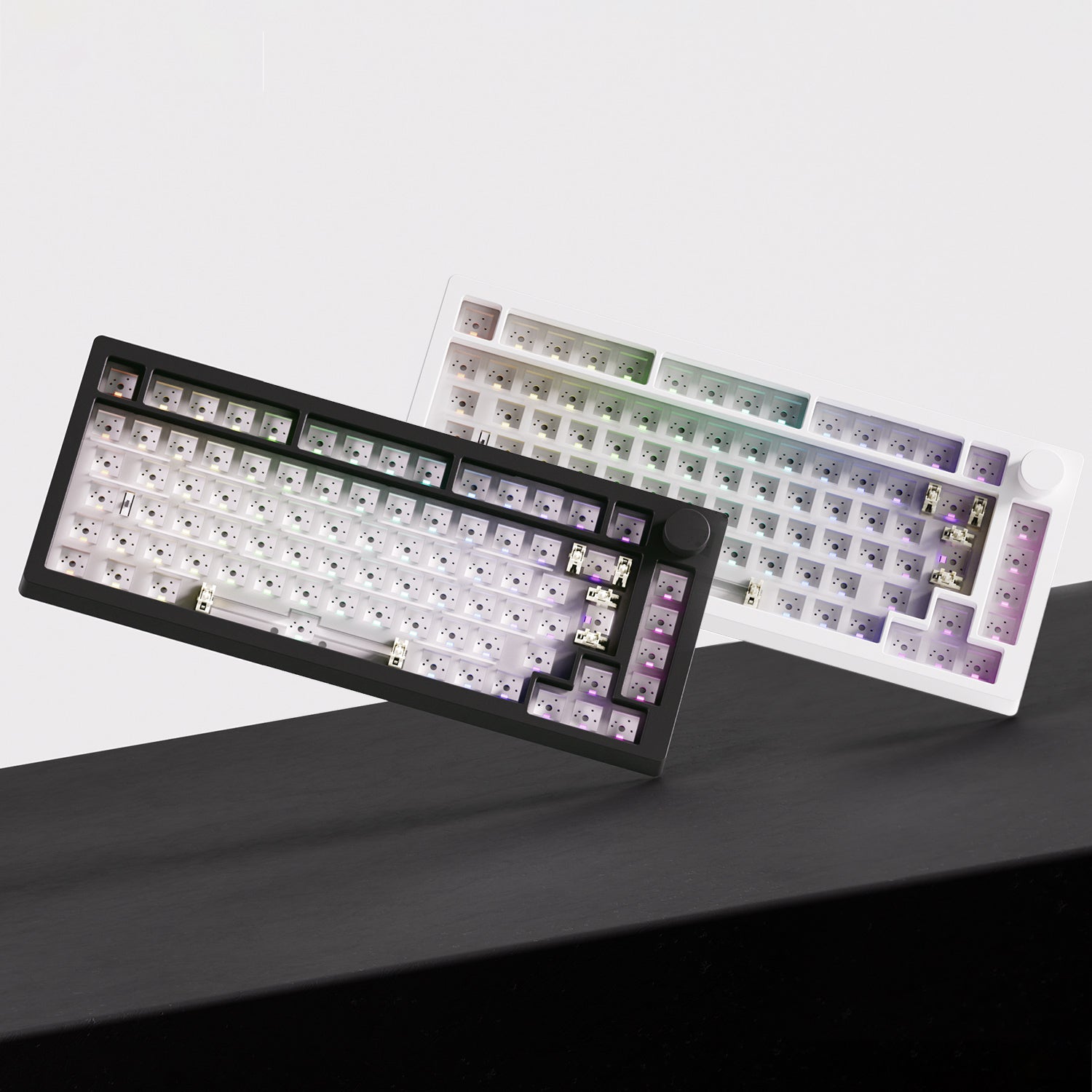


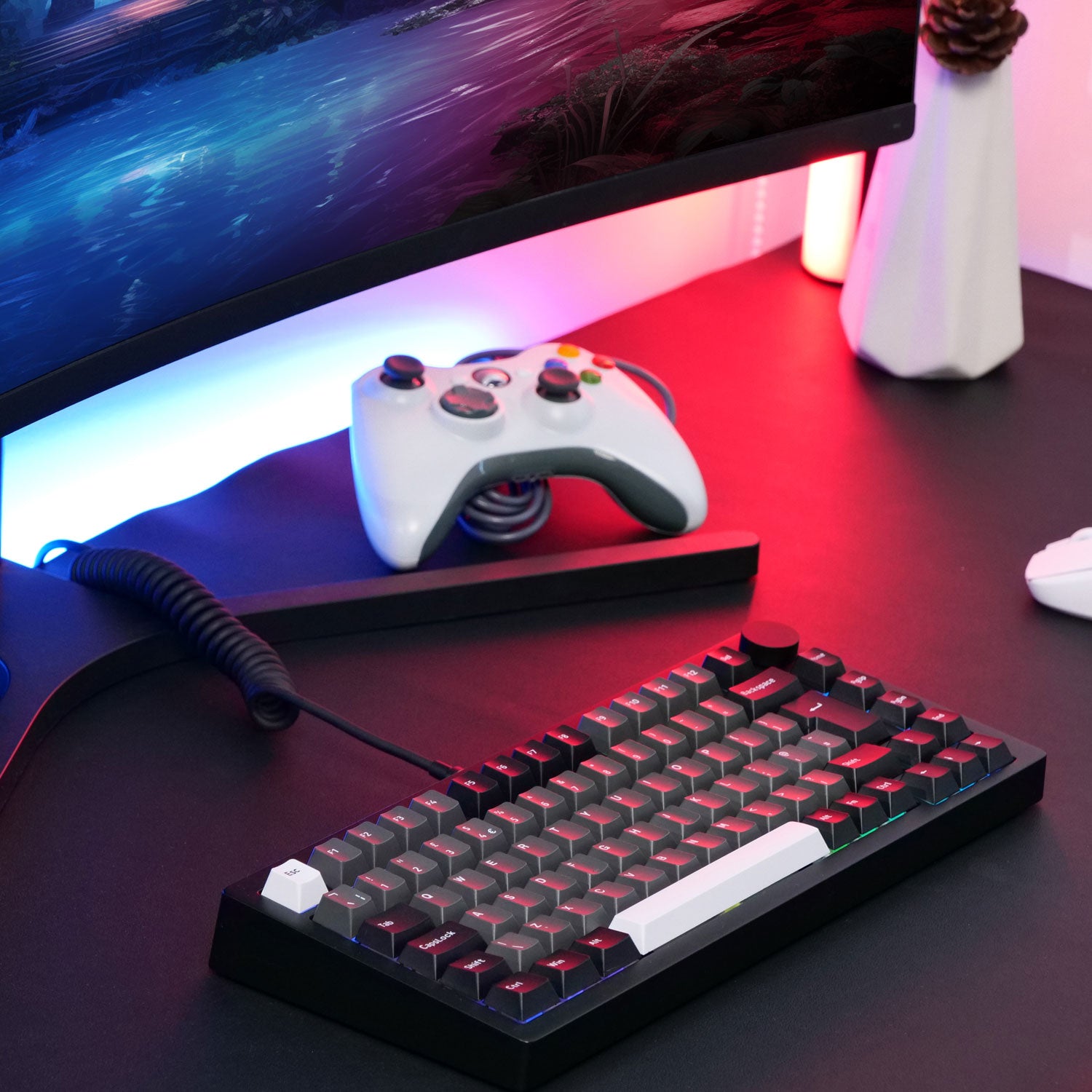

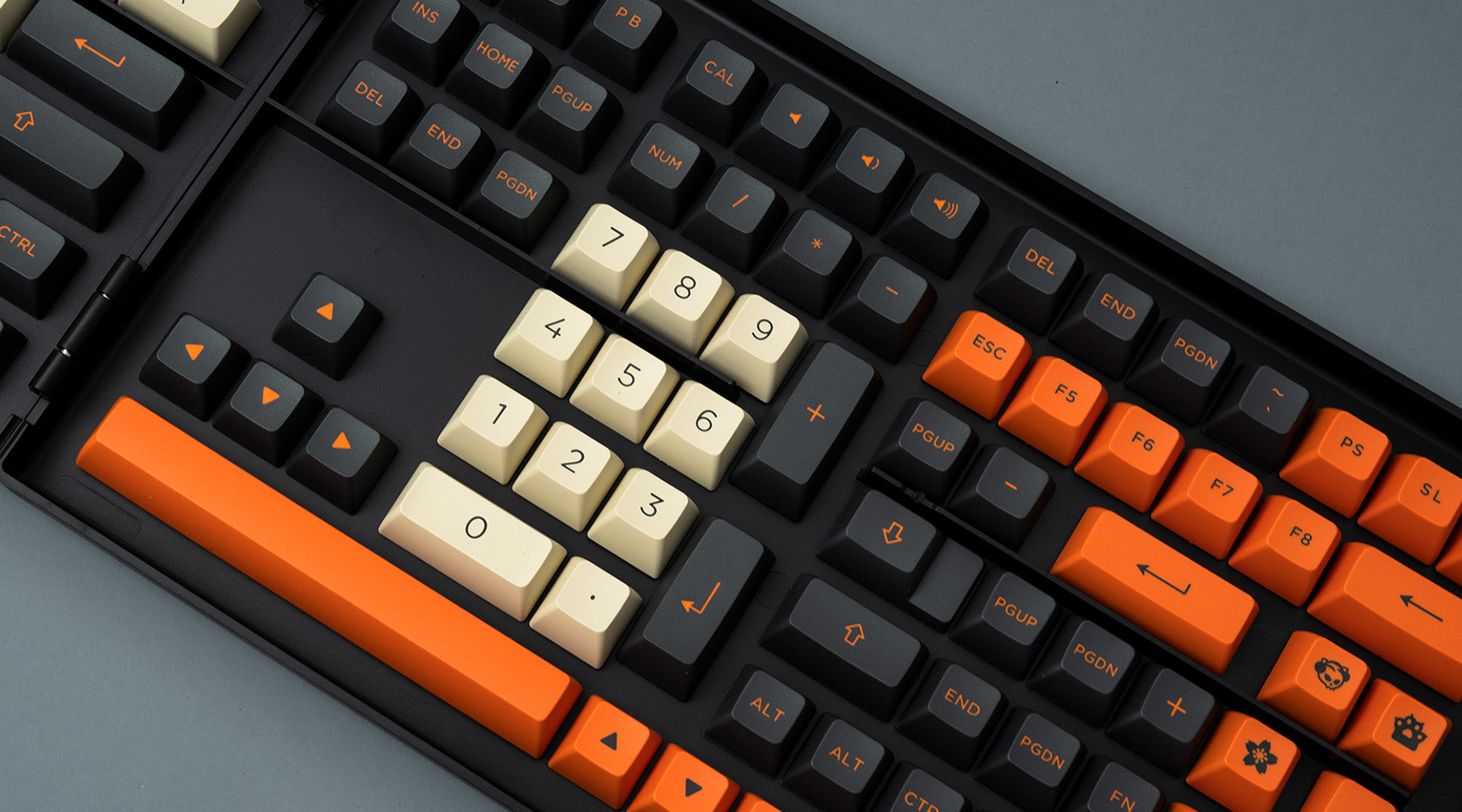
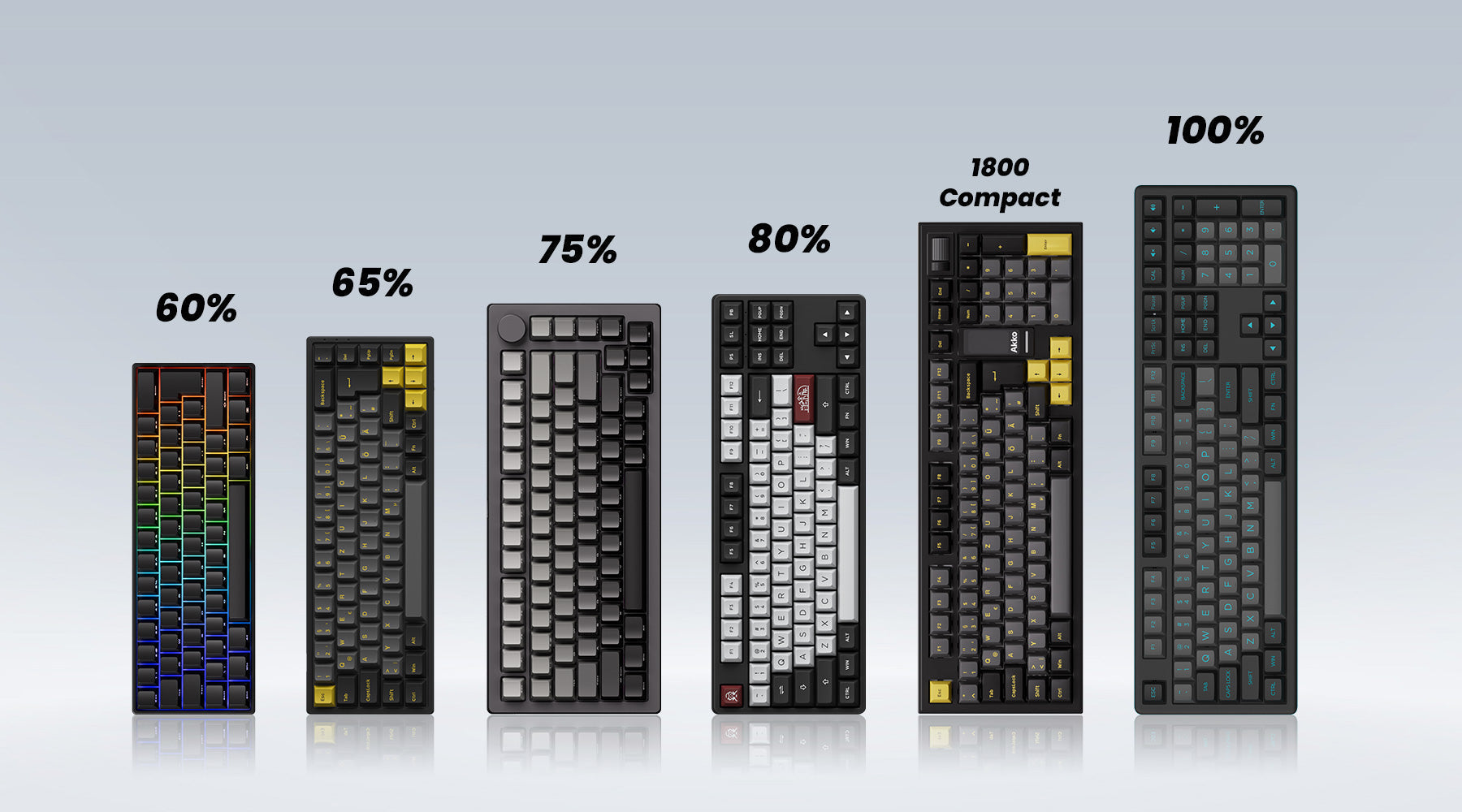

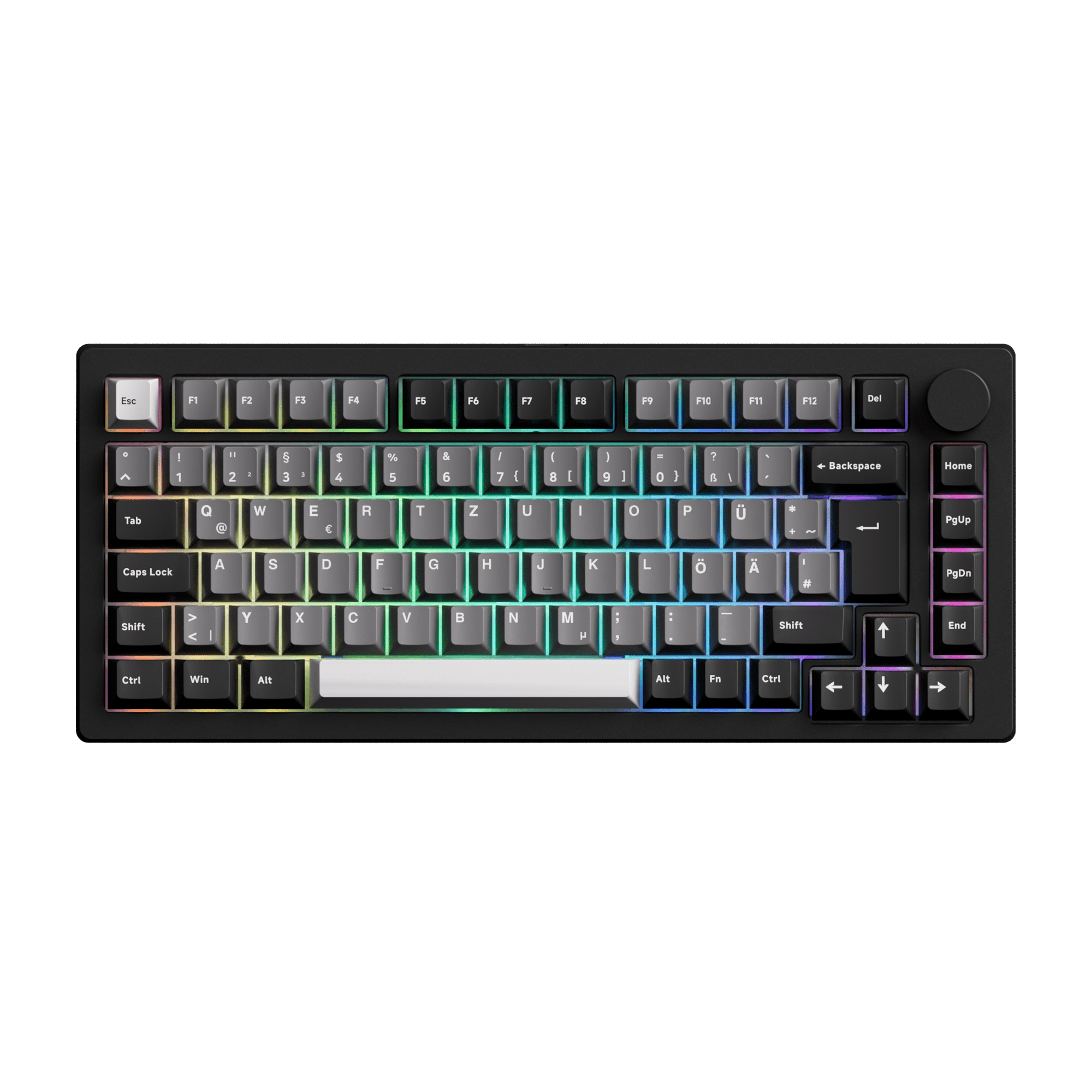

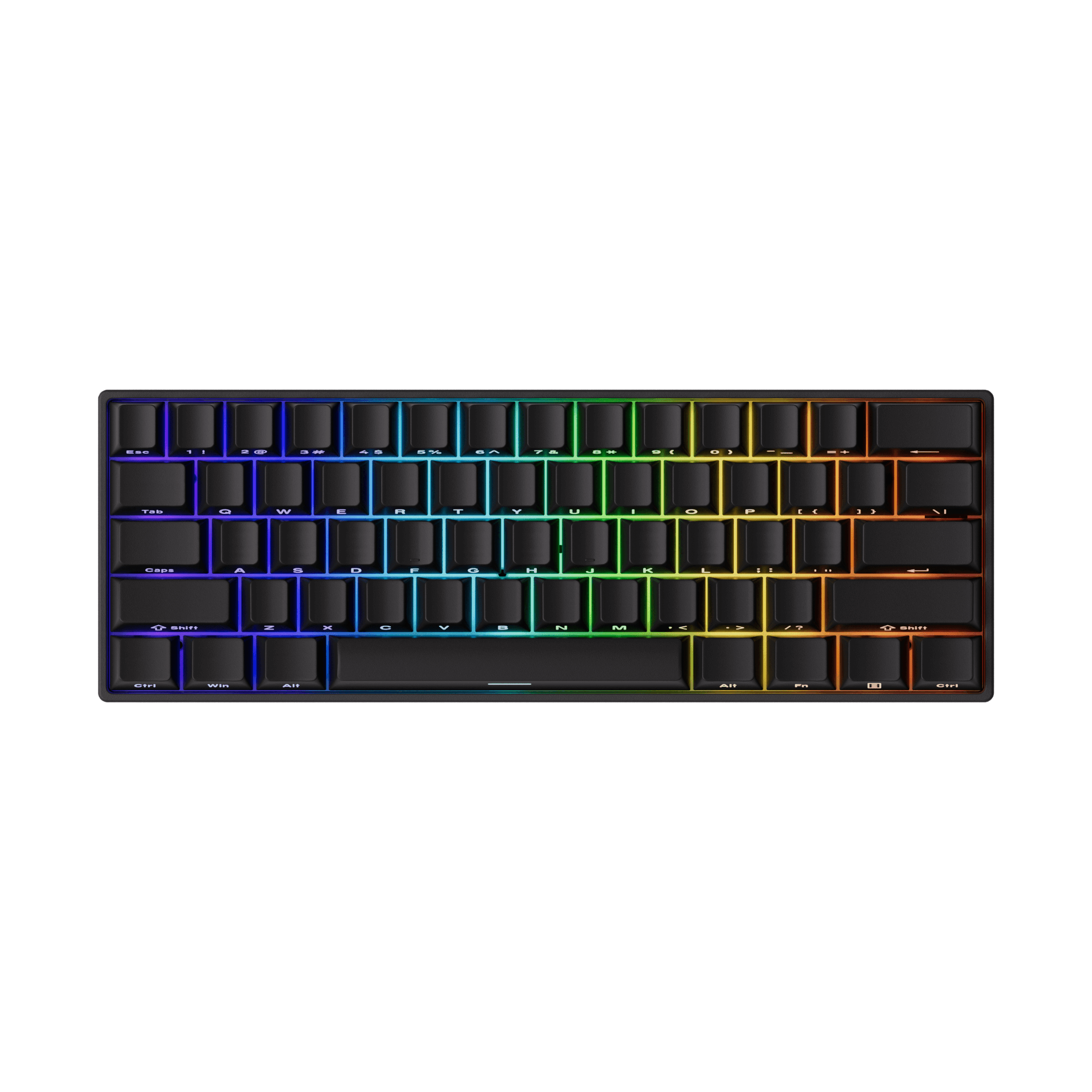
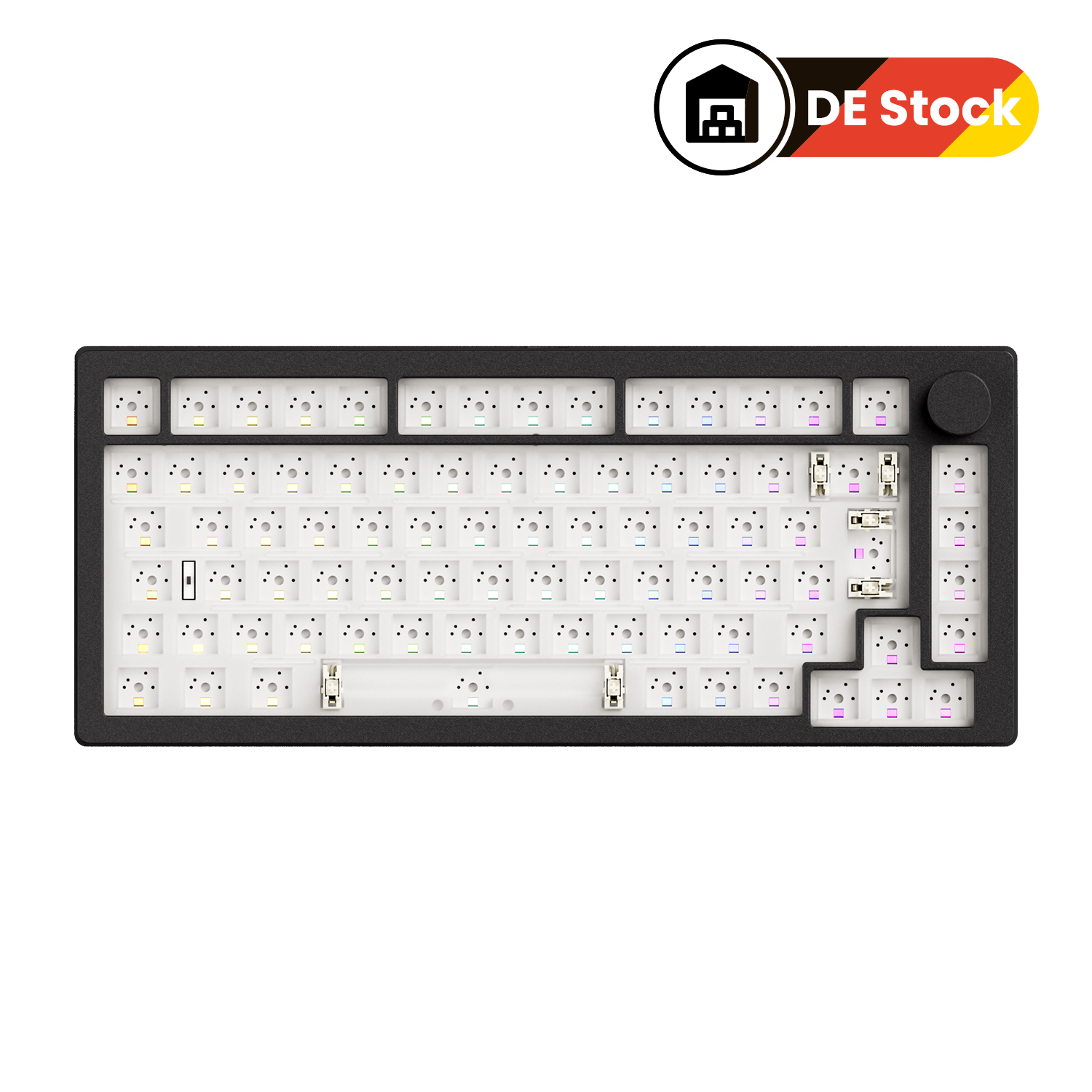
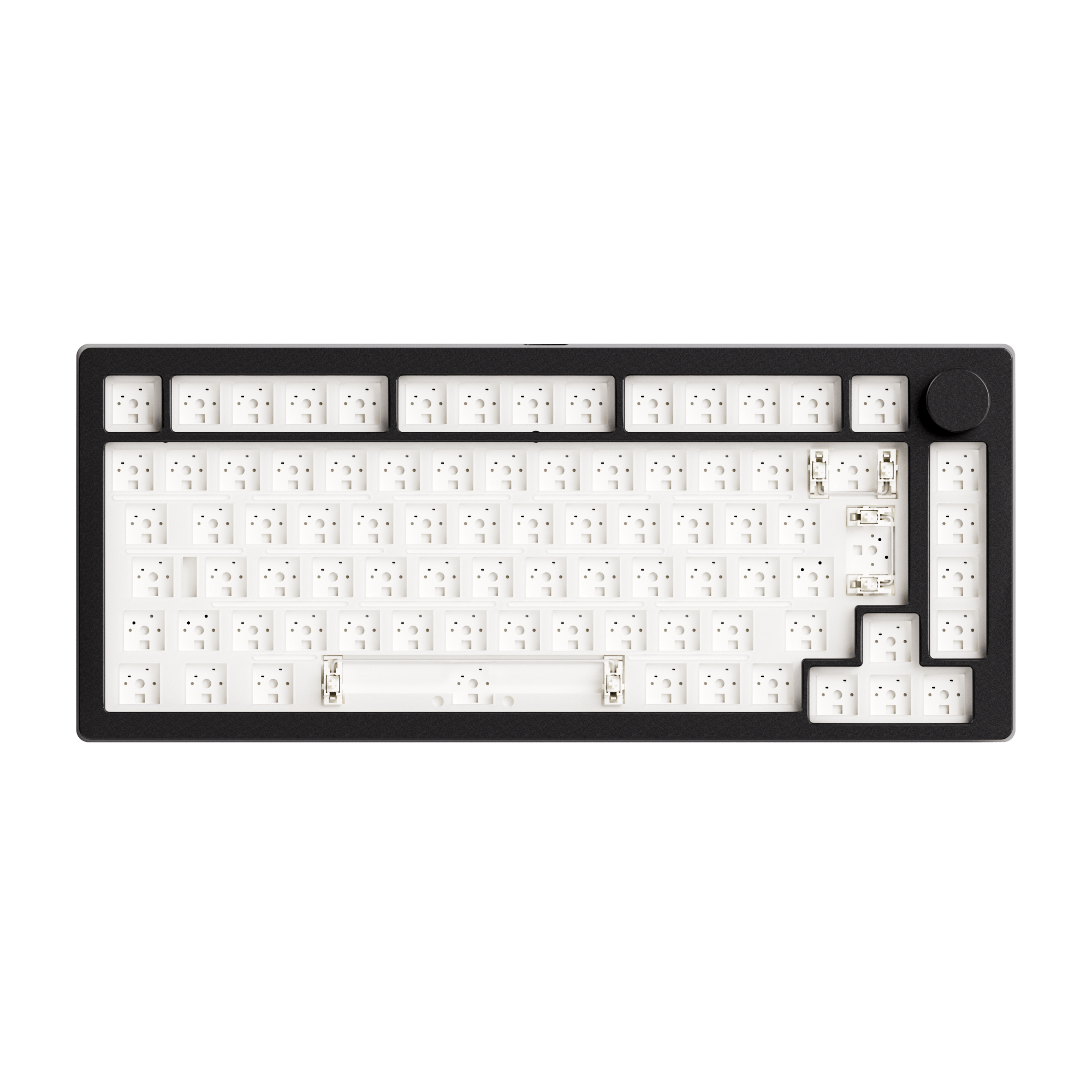

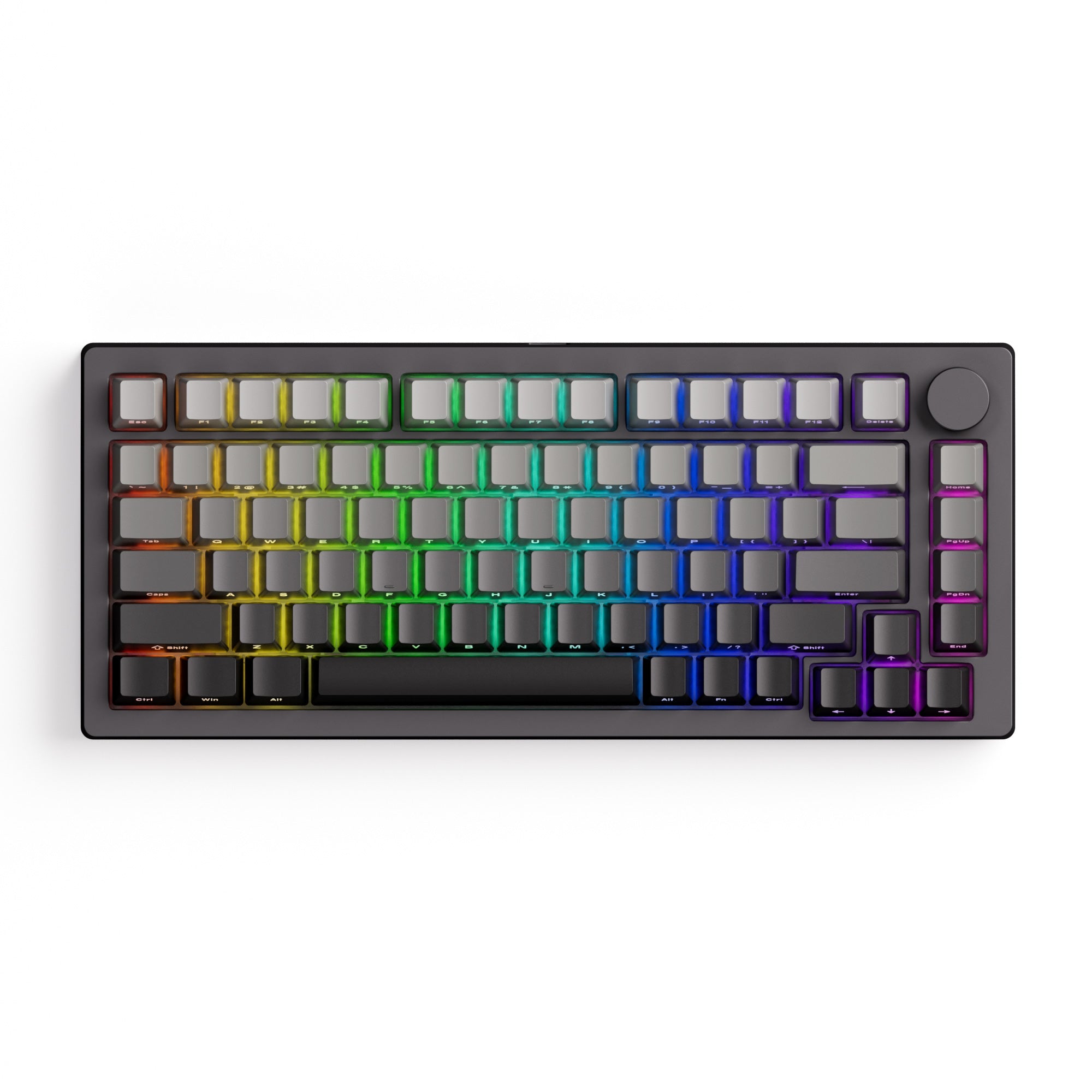
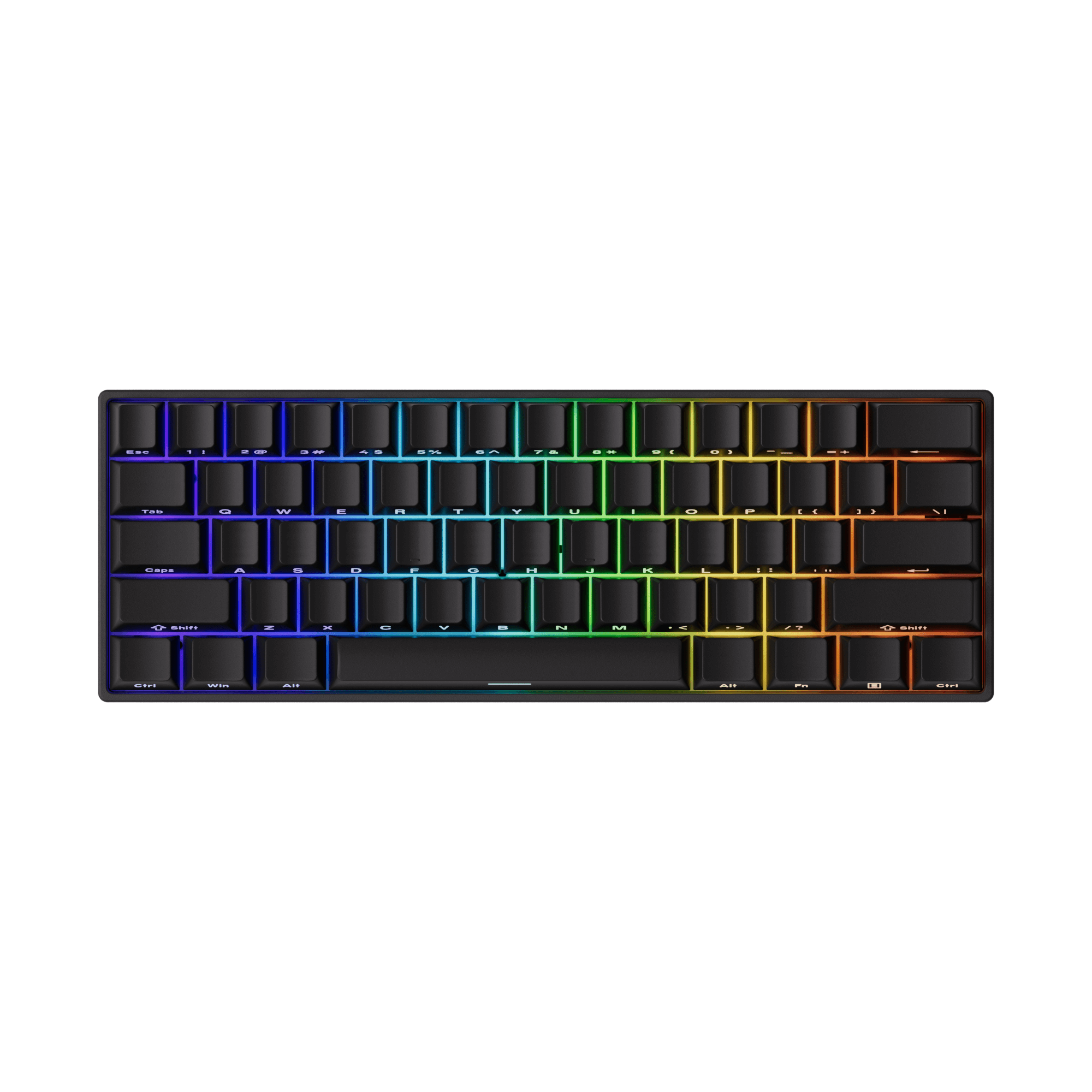
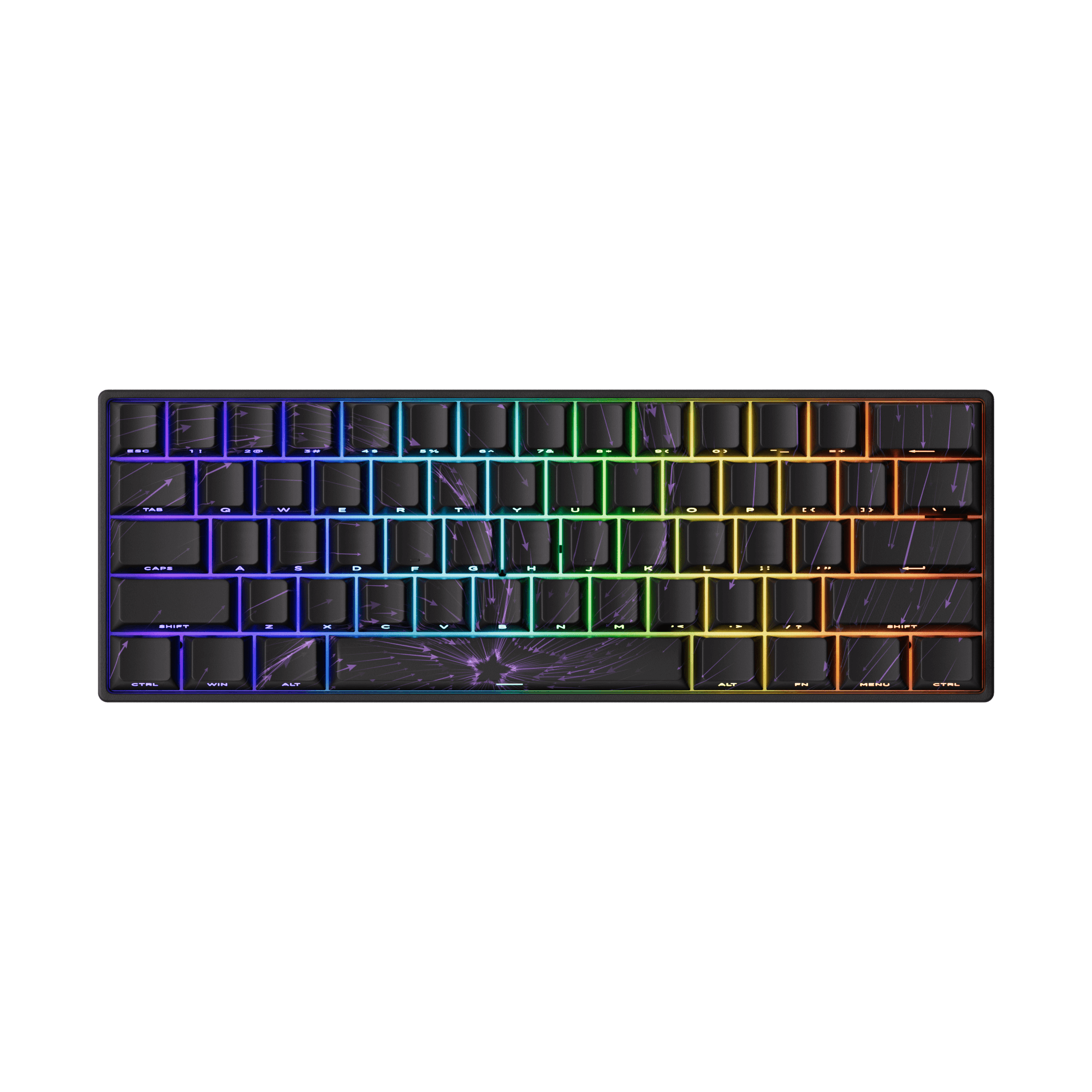


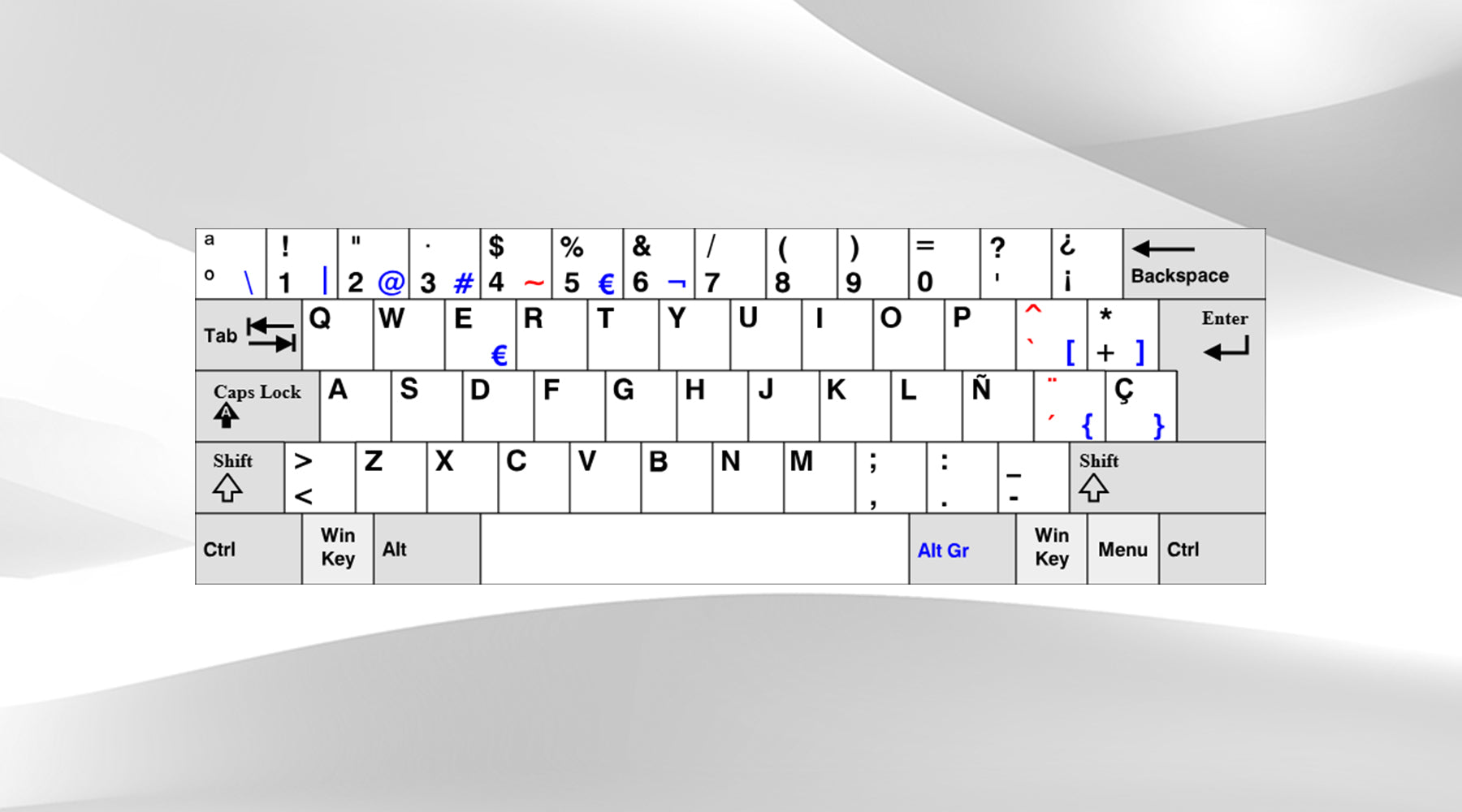
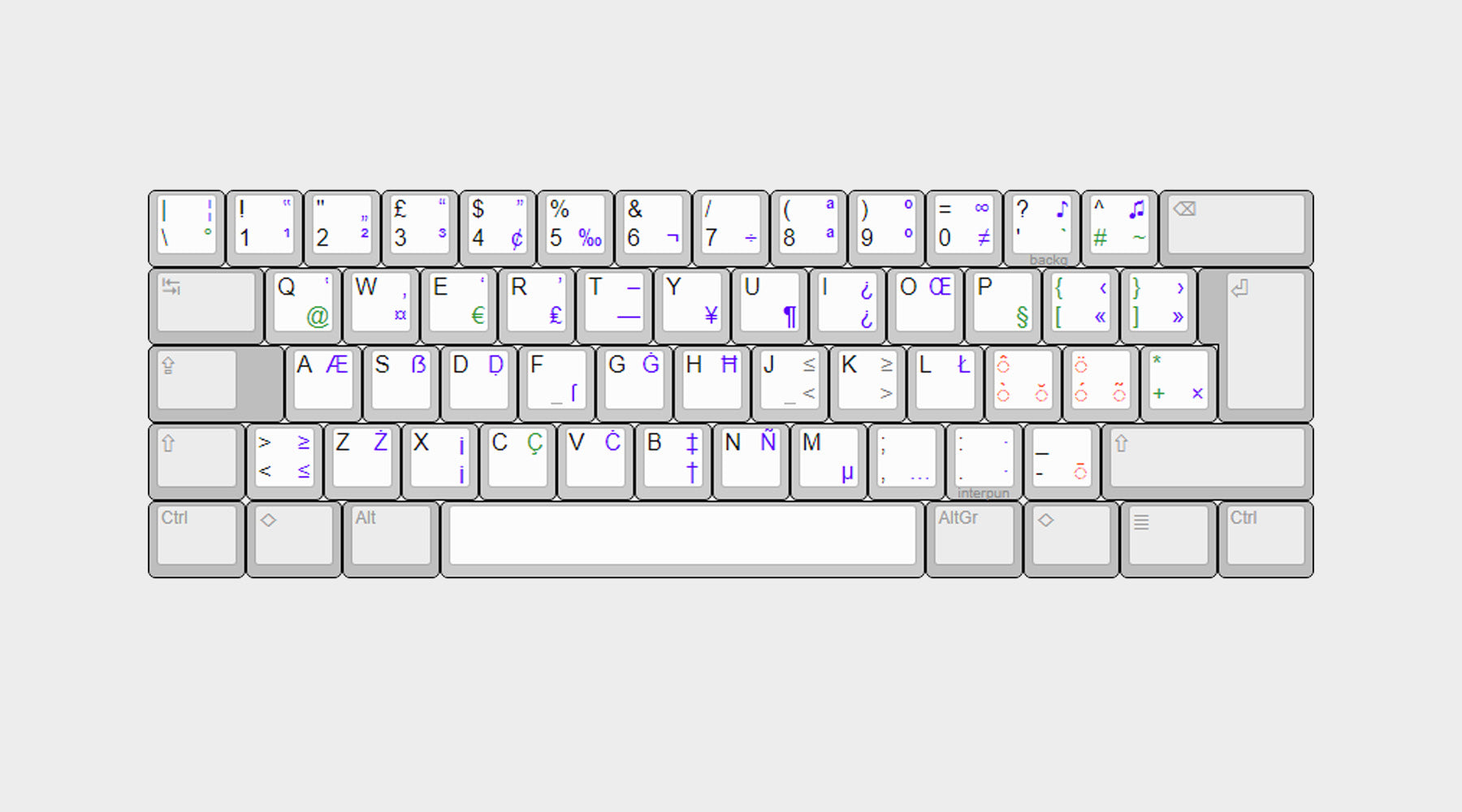
Leave a comment
All comments are moderated before being published.
This site is protected by hCaptcha and the hCaptcha Privacy Policy and Terms of Service apply.